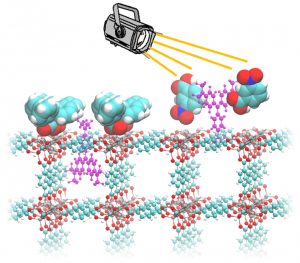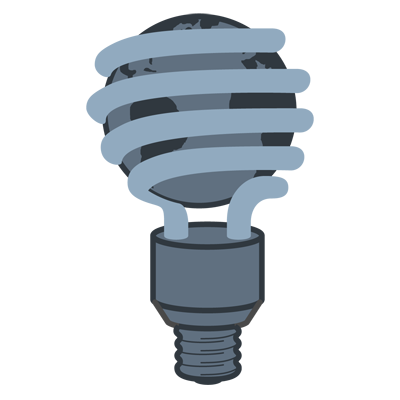 Postdoctoral researcher opportunity!
Postdoctoral researcher opportunity!
Official advertisement forthcoming, but Prof. Burdette & I will have a joint postdoc position in MOF-based materials starting as soon as September 2022 related to the work that we are doing on Metal-Organic Frameworks.
Check out our groups and contact us for more information ahead of release:
https://wiki.wpi.edu/BurdetteLab/
https://www.wpi.edu/+gg
Burdette and Grimm are members of the Department of Chemistry and Biochemistry at Worcester Polytechnic Institute (WPI). WPI is an R2 university with a growing research enterprise located in Worcester, Massachusetts (it’s pronounced “Wooster” or “Wustah” if you’re in the know). Worcester is an affordable, small city in New England that is part of an emerging biotech corridor in Central Massachusetts. Worcester is about 45 miles from Boston and Providence, and is adjacent to Boston’s MetroWest corridor (Framingham, Northborough, Marlborough, Southborough, Wellesley, etc.).
We encourage applications from members of underrepresented groups as well as any personal identifications.
Graduate researcher opportunities
WPI has a rolling admissions policy for starting Ph.D.- or M.S.-level research. The Department of Chemistry and Biochemistry traditionally reviews applications in December–January for acceptance in the subsequent spring to start in the subsequent fall. For entry into the Ph.D. program in the Fall of 2023, we recommend submitting an application by 15 December 2022. If you have any questions about the group, the department, or the school, contact Grimm!
Undergraduate researcher opportunities
As a matriculating WPI undergraduate, it’s never too early to start thinking about research or one’s Major Qualifying Project. Opportunities exist for funded summer research and it’s a great way to get in to the lab to do the kinds of things that make us passionate about science. Contact Grimm for details.
High-school researcher opportunities
Unfortunately at this time, the group does not accept high-school researchers into the lab. The group uses chemicals such as hydrofluoric acid, piranha solution (sulfuric+peroxide), aqua regia (hydrochloric+nitric), as well as high-temperature furnaces that can reach 1300 °C, and ultrahigh vacuum equipment. Each of these carries exceptional risk and extensive training as well as liability for the school itself.

 Research
Research
 Energy
Energy
 People
People